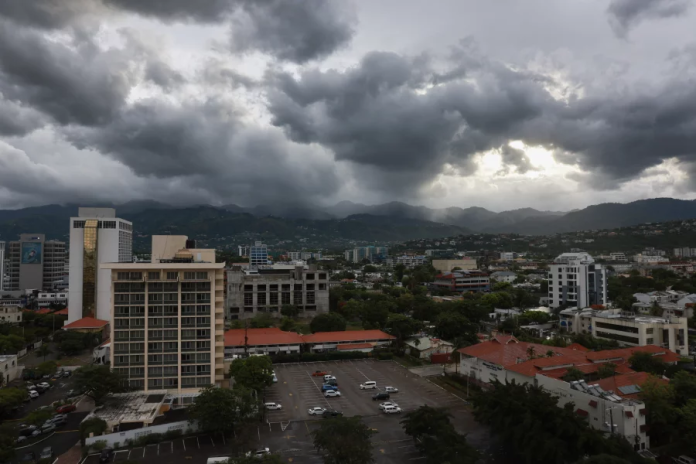Hurricane Beryl tore off roofs in Jamaica, damaged 95 per cent of homes on a couple of islands in St. Vincent and the Grenadines before making its way to the Cayman Islands and Mexico’s Caribbean coast, according to AP News.
Although the storm, which grew into a Category 5 hurricane in the Atlantic and killed seven people, has weakened slightly, it still remains a major hurricane. Its eye was forecast to pass south of the Cayman Islands overnight.
Mexico’s popular Caribbean coast prepared shelters, evacuated some small remote coastal communities and even removed sea turtle eggs from beaches. The Mexican Navy patrolled areas like Tulum, telling tourists to prepare for the storm’s arrival.
Early Thursday morning, the centre of the hurricane was about 500 miles (800 kilometres) east-southeast of Tulum, Mexico. It had maximum wind speeds of 125 miles per hour (205 kilometres per hour). It was travelling west-northwest at 21 mph (32 kph).
The storm has already demonstrated its destructive potential across a wide swathe of the southeastern Caribbean. Prime Minister Andrew Holness stated that Jamaica had not seen “the worst of what could possibly happen.”
We can do as much as we can do, as humanly possible, and we leave the rest in the hands of God.
Aftermath of Hurricane Beryl
According to the Government Information Service, several roads in Jamaica’s interior were damaged by fallen trees and poles, with some communities in the northern part left without electricity.
Michelle Forbes, the St. Vincent and Grenadines director of the National Emergency Management Organisation, reported that about 95 per cent of homes in Mayreau and Union Island were damaged by Hurricane Beryl.
Three people reportedly died in Grenada and Carriacou. Another three deaths took place in northern Venezuela, where four people went missing, according to them.
One fatality in Grenada took place after a tree fell on a house, Environment Minister Kerryne James informed.
